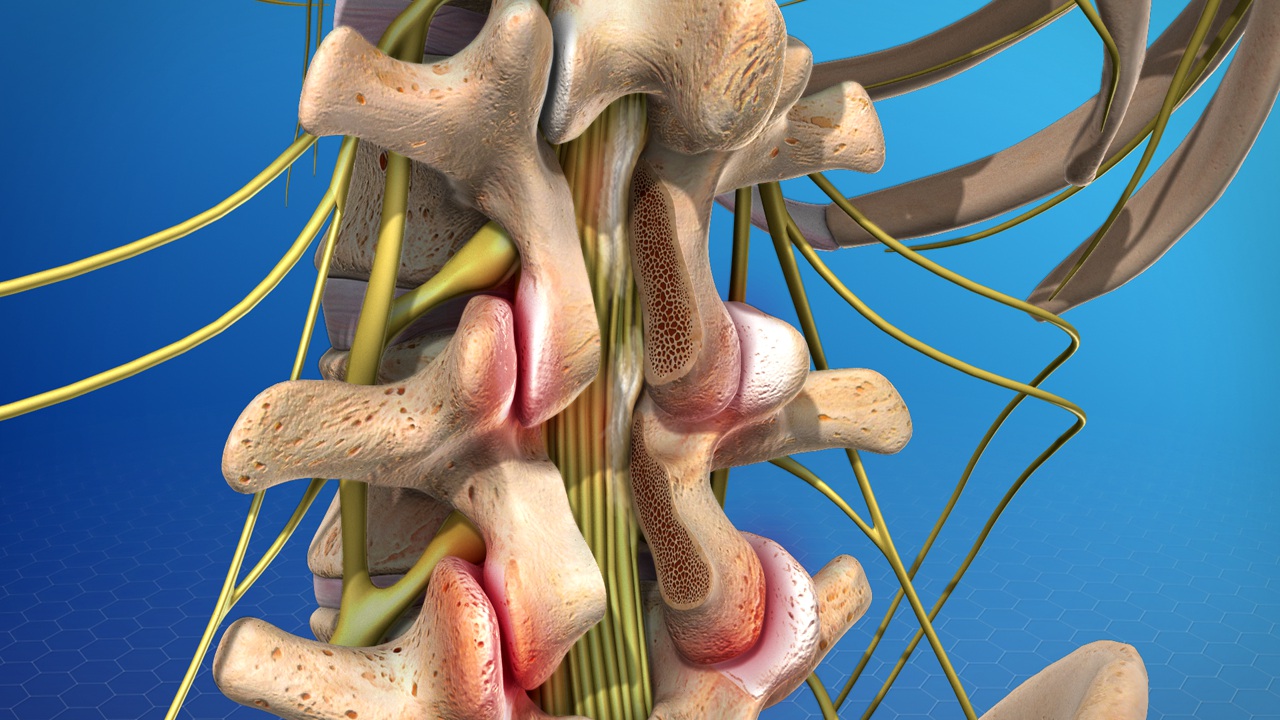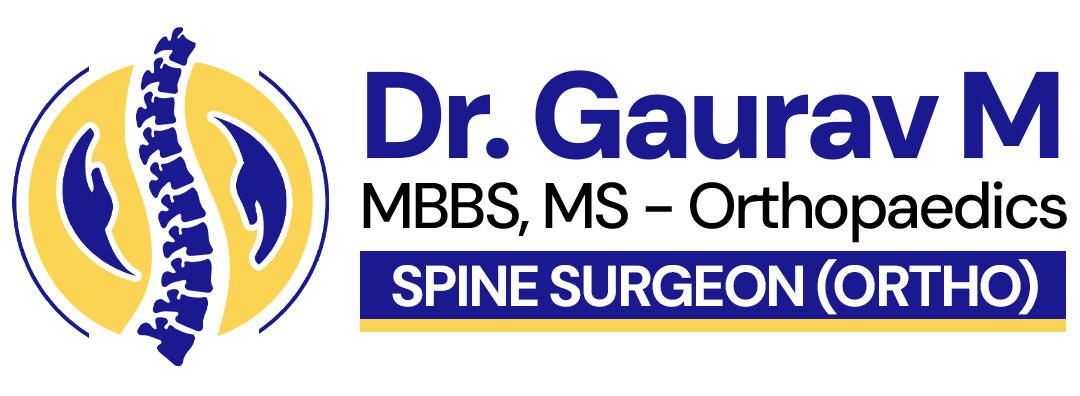Opening Hours
Mon to Sat
6:00 PM – 9:00 PM
Sunday
Closed
Relief Begins with the Right Care
Experience advanced spine and orthopaedic treatment tailored for you.
- Full Endoscopic Interlaminar / Transforaminal Discectomy
- Full Endoscopic Decompression for stenosis
- Full Endoscopic revision Discectomy
- Foraminoplasty
- Minimally invasive fixation for Spinal fractures
- Kyphoplasty and Vertebroplasty
- Anterior Cervical Discectomy and Fusion (ACDF)
- Transforaminal Lumbar Interbody Fusion (TLIF)
- Oblique lumbar interbody Fusion (OLIF)
- Minimally invasive Trans Kambin fusion surgery (OLLIF / KLIF)
- Full Endoscopic Fusion surgery
Laminectomy Spinal Surgery: A Proven Solution for Spinal Nerve Compression

Back pain, leg pain, and restricted mobility are among the most common complaints related to spinal conditions. Often, these symptoms result from compression of the spinal cord or nerve roots due to conditions like spinal stenosis, herniated discs, or degenerative arthritis. One of the most effective procedures to relieve such pressure is Laminectomy Spinal Surgery.
For patients who have exhausted non-surgical treatments without lasting relief, Laminectomy Spinal Surgery in Rajajinagar offers a reliable path to recovery and restored quality of life. This article explores what laminectomy involves, who may need it, how it’s performed, and what to expect in terms of results and recovery.
What Is Laminectomy?
A laminectomy is a surgical procedure performed to relieve pressure on the spinal cord or spinal nerves by removing the lamina—the back part of the vertebra that forms the roof of the spinal canal. Removing this bony structure enlarges the spinal canal, thereby alleviating compression caused by spinal stenosis, tumors, bone spurs, or disc herniations.
This surgery is typically recommended when conservative treatments—such as physical therapy, pain medications, and injections—fail to relieve symptoms or when there is progressive neurological impairment.
Why Laminectomy Is Performed
Laminectomy is most commonly used to treat:
- Spinal Stenosis: Narrowing of the spinal canal that compresses the spinal cord or nerves
- Herniated Discs: When the soft center of a disc pushes out and presses on a nerve
- Bone Spurs or Arthritis: Overgrowth of bone due to aging and degeneration
- Tumors: Growths inside the spinal canal that reduce space for nerves
- Injuries: Traumatic events that lead to vertebral damage or nerve compression
Symptoms that may indicate the need for laminectomy include:
- Persistent back or neck pain
- Sciatica (radiating leg pain)
- Numbness or tingling in the extremities
- Muscle weakness or coordination issues
- Loss of bladder or bowel control (in severe cases)
When these symptoms interfere with daily life, surgery may be the most effective option.
How Laminectomy is Performed
Laminectomy is usually done under general anesthesia and may take 1 to 3 hours depending on the complexity and number of spinal levels involved.
The basic steps include:
- A small incision is made over the affected area of the spine
- Muscles are gently moved aside to expose the vertebra
- The lamina is carefully removed using surgical tools
- If necessary, herniated disc material or bone spurs are also excised
- The incision is closed with sutures, and the area is bandaged
In many cases, laminectomy may be combined with spinal fusion if there is instability or if multiple vertebrae are involved. However, for isolated nerve compression, a standalone laminectomy is often sufficient.
Benefits of Laminectomy
When performed by the Best Spine doctor in Bangalore, laminectomy can offer numerous advantages:
- Relief from chronic back and leg pain
- Improved mobility and ability to walk or stand longer
- Decreased reliance on medications
- Better quality of sleep and daily function
- Prevention of further nerve damage
Most patients report significant improvement within a few weeks of surgery, especially when combined with a structured rehabilitation program.
Recovery and Aftercare
The recovery period after laminectomy varies depending on the patient’s overall health, the extent of surgery, and whether spinal fusion was involved.
Typical recovery timeline:
- Hospital Stay: 1–2 days for observation and initial healing
- Initial Recovery: Walking is encouraged within 24 hours post-surgery
- Light Activities: Resume within 2–4 weeks
- Full Recovery: Usually within 6–8 weeks, with physiotherapy support
During recovery, patients are advised to:
- Avoid heavy lifting or twisting
- Maintain good posture
- Perform gentle stretching and strengthening exercises
- Follow up regularly with the spine specialist
Risks and Considerations
As with any surgical procedure, laminectomy carries some risks, including:
- Infection at the surgical site
- Bleeding or blood clots
- Spinal fluid leakage
- Nerve injury (rare)
- Residual or recurrent symptoms in some cases
However, choosing an experienced spine surgeon and following proper post-operative care significantly reduces these risks.
Why Choose Expert Spine Care in Rajajinagar?
Spine surgery requires not just precision, but also experience, insight, and advanced tools. At a reputed facility for Laminectomy Spinal Surgery in Rajajinagar, patients receive world-class diagnosis, surgical care, and rehabilitation under the guidance of seasoned professionals.
Dr. Gaurav M, one of the most trusted names in spinal surgery, brings a patient-centric approach and deep expertise to each procedure. His meticulous planning and minimally invasive techniques result in faster recovery and long-term success.
Dr. Gaurav M and his team prioritize conservative care where possible but provide the highest standard of surgical intervention when necessary—ensuring that each patient receives personalized care.
Conclusion
If you’re living with chronic spinal discomfort, leg pain, or mobility limitations due to nerve compression, Laminectomy Spinal Surgery could be the solution you’ve been seeking. It is a proven method to relieve pressure, improve function, and help you return to an active lifestyle.
For those seeking expert care and lasting results, consult the Best Spine doctor in Bangalore to evaluate your condition and determine if laminectomy is right for you. Through accurate diagnosis, modern surgical methods, and comprehensive rehabilitation, you can reclaim comfort, freedom of movement, and quality of life.

